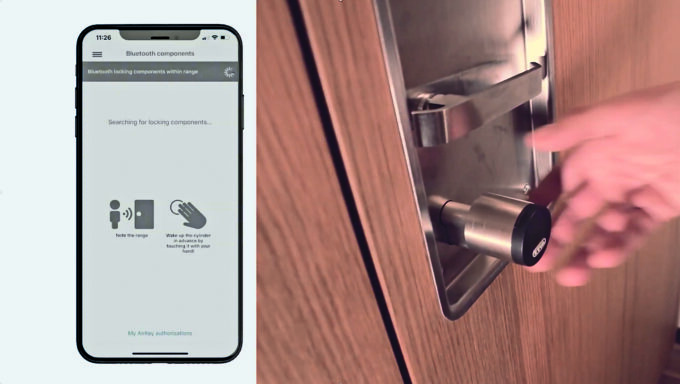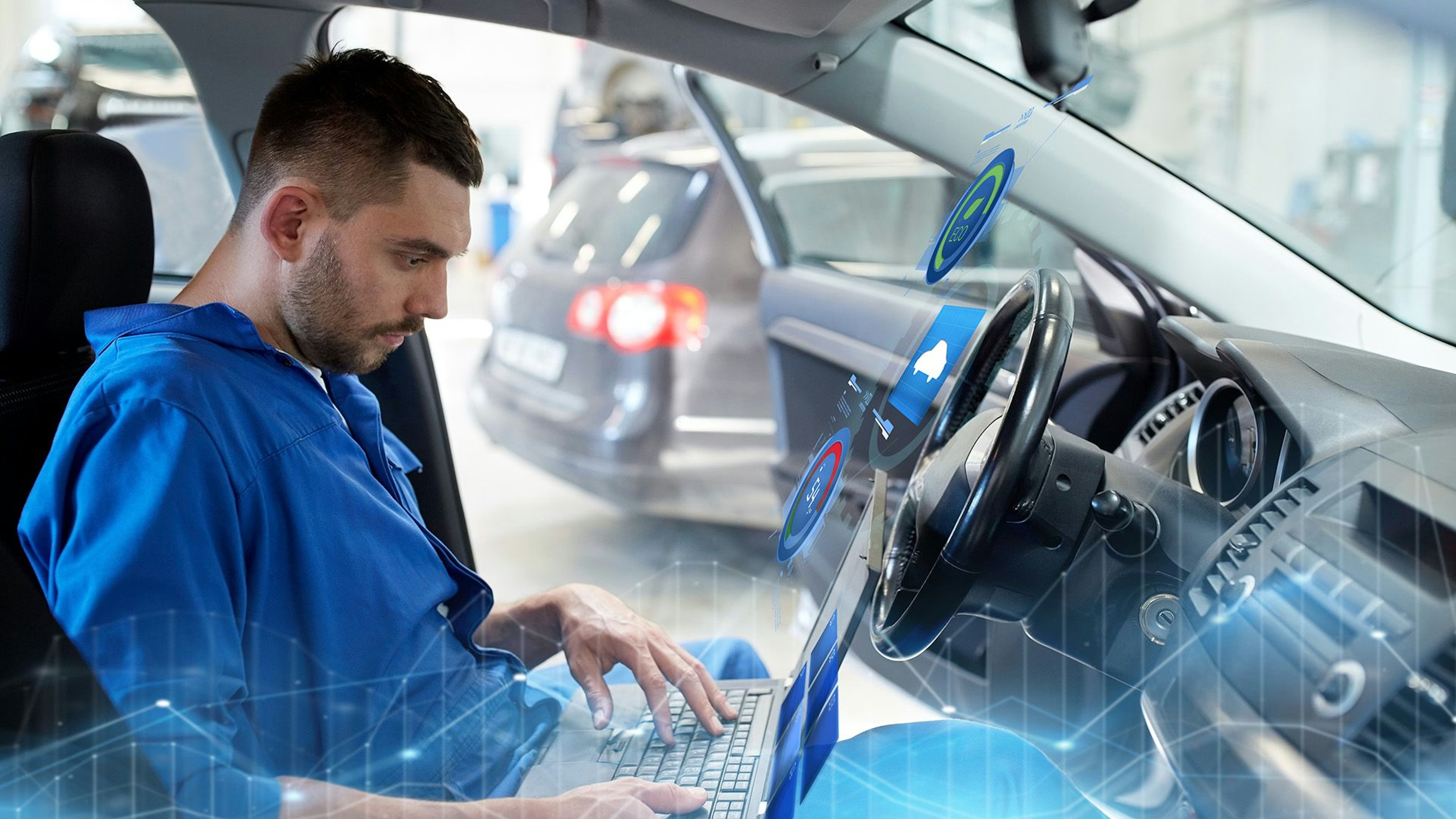One key for everything
No more replacing mechanical cylinders and keys: To increase the feeling of security when renting and leasing objects, vehicles and lockers, a whole range of user objects can already be intelligently managed via mobile access authorization today.

Depending on the application scenario, full-scale intelligent access control can already be fully digital today. Let's take as our starting scenario a short business trip to Switzerland by a London businessman. A few days before his departure, he books an apartment in Switzerland for a few days on a portal like Booking.com. When confirming his booking, Mr. Smith can download an app to generate a highly secure digital token as a key certificate for access to the apartment, which is only generated locally on his device. The free app, Evva's AirKey app as an example, is intuitive and turns the smartphone into a key for various facilities. An optional PIN code further protects the app. Via online administration, the landlord can conveniently send new keys to smartphones at any time.
Only one digital key for multiple rental properties
On another booking platform, Mr. Smith has already selected his sleek SUV as a business vehicle. Each vehicle model can be booked for an individually defined period of time. The access data, also for a modern e-vehicle, is sent directly to his cell phone. Once he arrives at Zurich Airport, Mr. Smith uses the app to enter the parking garage. With another cell phone code, the Englishman unlocks his rental vehicle without physical keys. Thanks to interaction with Google Maps, the access app navigates him directly to the front door of his rented apartment. At the front door, the mobile app scans for existing locking components. For example, the Zuko app can indicate whether the access controller is within the necessary detection distance of the door. Touching the door cylinder starts the authorization check process, and without pulling the phone out of his pocket, Mr. Smith can enter the unlocked room. The parcel box and mailbox are fully automatically integrated into the process.
Mr. Smith was thus able to access several integrative and intuitive usage benefits of complete digital access control via a single digital key and his smartphone. Highly secure user identification is ensured by segmented key pairs, as a part of a key pair always remains encrypted in the locking system database when it is generated. As an additional security layer, the user must always validate himself via his uniquely generated key part, which he only carries locally on his smartphone. In principle, the range of applications in modern facility management of a multi-story apartment can easily be extended to multiple floors and apartments: from the front door to the apartment door, to elevators, attics, bicycle rooms, garages and package rooms. The tenant was spared the headache of multiple keys.
Such integrations are made possible by electronic interfaces, so-called APIs (Application Programming Interfaces). The so-called MQTT (Message Queuing Telemetry Transport) as one of the best-known IoT protocols technically enables a very high response time even with restricted networks. However, the sender and receiver are never in direct contact with each other, but only interact independently of other protocols through mediation via a server, resulting in reliable, secure and high-performance communication. Integration through REST interfaces also ensures compatibility with almost all protocols and no additional software is required for development. Various residential and commercial units can also be implemented using a combination of electronic and mechanical access point security. Security risks due to lost or copied keys no longer cause costs. Data processing and storage must also be carried out in accordance with national local regulations, while log information helps to identify possible sources of error at any time. The technologies for the smart tenant and landlord of tomorrow are available. We just need to use them.









